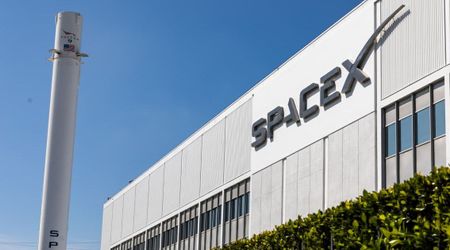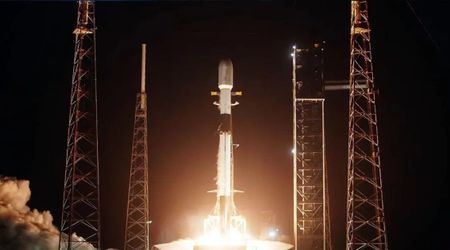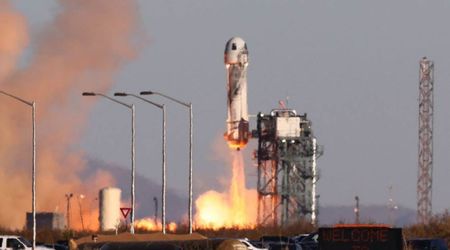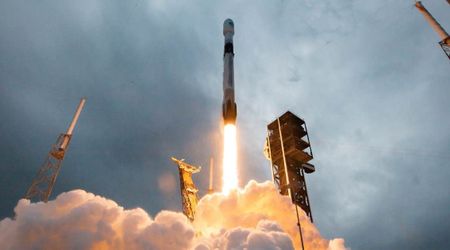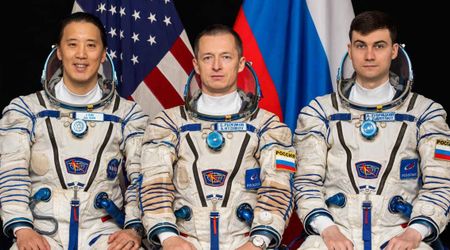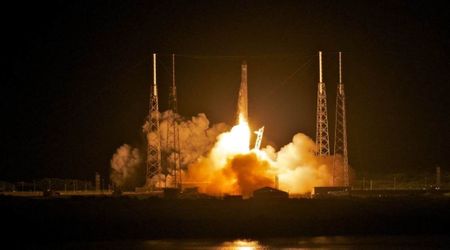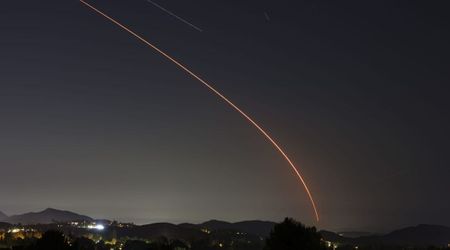Axiom-4 crew is returning to Earth after successfully undocking from the ISS following an 18-day mission

The four-person crew of the Axiom Mission 4 (Ax-4) has successfully undocked on Monday, July 14 at 7:15 a.m. EDT at the International Space Station (ISS), after receiving clearance. The private astronaut team, led by Commander Peggy Whitson, will conclude a two-and-a-half-week scientific expedition aboard the orbiting laboratory, as per NASA.
#Ax4 from @Axiom_Space aboard the @SpaceX Dragon undocked from the station's Harmony module at 7:15am ET today completing a two-and-a-half week space research mission. More... https://t.co/ySAggkxJcY pic.twitter.com/JLEr72KgHp
— International Space Station (@Space_Station) July 14, 2025
The Ax-4 crew, including Pilot Shubhanshu Shukla and Mission Specialists Sławosz Uznański-Wiśniewski and Tibor Kapu, dedicated their final days to a robust schedule of experiments. July 11's activities included collecting blood samples for biomedical analysis, investigating microalgae as a sustainable food source and component of life support systems, and exploring nanomaterials for next-generation wearable health monitors. The splashdown off the coast of California is expected to happen at 5:31 AM ET on Tuesday.
Watch now on @NASA+ as four #Ax4 crewmates from @Axiom_Space get ready to undock from the space station inside the @SpaceX Dragon and undock at 7:05am ET today. https://t.co/vetKhFPOUm
— International Space Station (@Space_Station) July 14, 2025

Preparations for departure continued through the weekend (July 12-13). July 12 was dedicated to finalizing experiments such as an electrical muscle stimulation study, evaluating suit fabrics designed for thermal comfort during exercise, and filming crew interactions for a behavioral health study. On 13, the crew began the critical task of packing scientific equipment containing research samples, along with personal effects and other cargo, into the SpaceX Dragon spacecraft for its return to Earth.
The hatches are closed and #Ax4 from @Axiom_Space is aboard the @SpaceX Dragon preparing to undock from the station at 7:05am ET today. https://t.co/MTfZtOCOKc
— International Space Station (@Space_Station) July 14, 2025
Meanwhile, the resident ISS crew provided essential support for the Ax-4's departure and continued their research. NASA Flight Engineer Anne McClain assisted the Ax-4 crew with packing and ongoing scientific investigations. Fellow NASA Flight Engineer Nichole Ayers processed Ax-4 blood samples, utilizing a centrifuge and science freezer, and later transferred water in spacesuits within the Quest airlock. NASA Flight Engineer Jonny Kim also aided in blood sample processing before focusing on electronics inspections and computer cable replacements.
We have to be our own plumbers, electricians, contractors, dentists, phlebotomists, and even ultrasound techs up here! @Astro_Onishi and I recently did a routine venous thromboembolism (VTE) scan of the jugular vein.
— Nichole “Vapor” Ayers (@Astro_Ayers) July 11, 2025
While in microgravity aboard the @Space_Station, our blood… pic.twitter.com/3u6Urs0O4I
Station Commander Takuya Onishi of JAXA began his day analyzing saliva samples and documenting his sleep patterns. He later performed maintenance on orbital plumbing hardware in the Tranquility module and stowed a microscope in the Kibo laboratory. Roscosmos Flight engineers Sergey Ryzhikov and Alexey Zubritsikiy participated in a physical fitness evaluation using an exercise cycle and electrodes, with data aimed at understanding energy requirements for strenuous activities like spacewalks. Flight Engineer Kiril Peskov replaced fire extinguishers across several modules and checked computer hardware supporting the European robotic arm.
As the Axiom Mission 4 crew returns to Earth following a successful scientific expedition, attention now shifts to the upcoming Crew-11 mission, set to launch four astronauts to the International Space Station on July 31 at 12:09 p.m. EDT. This critical mission will see a SpaceX Falcon 9 rocket lift off from Pad 39A at Kennedy Space Center, marking SpaceX's 11th operational crew rotation under NASA's Commercial Crew Program, and its 12th crewed flight overall, including the Demo-2 test flight.
.@NASA and @SpaceX are targeting no earlier than July 31 at 12:09 p.m. EDT for the launch of the Crew-11 mission to the International Space Station, pending mission readiness. pic.twitter.com/pxkdqLXK8f
— International Space Station (@Space_Station) July 10, 2025
The adjusted launch date for Crew-11 was strategically moved to accommodate a vital ISS reboost maneuver. SpaceX Cargo Dragon will perform this maneuver as part of the upcoming CRS-33 station resupply mission. Notably, the CRS-33 mission will deploy the first Cargo Dragon equipped with altitude-correction hardware, specifically designed to maintain the space station's orbit. This new capability represents a significant leap forward in NASA and SpaceX's collaborative efforts to develop a dedicated US vehicle capable of deorbiting the ISS at the end of its operational life around 2030, ensuring a controlled and safe conclusion to the station's mission.
